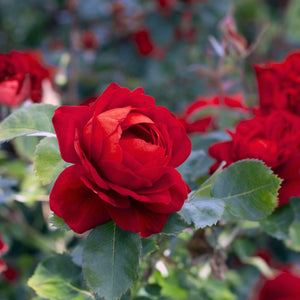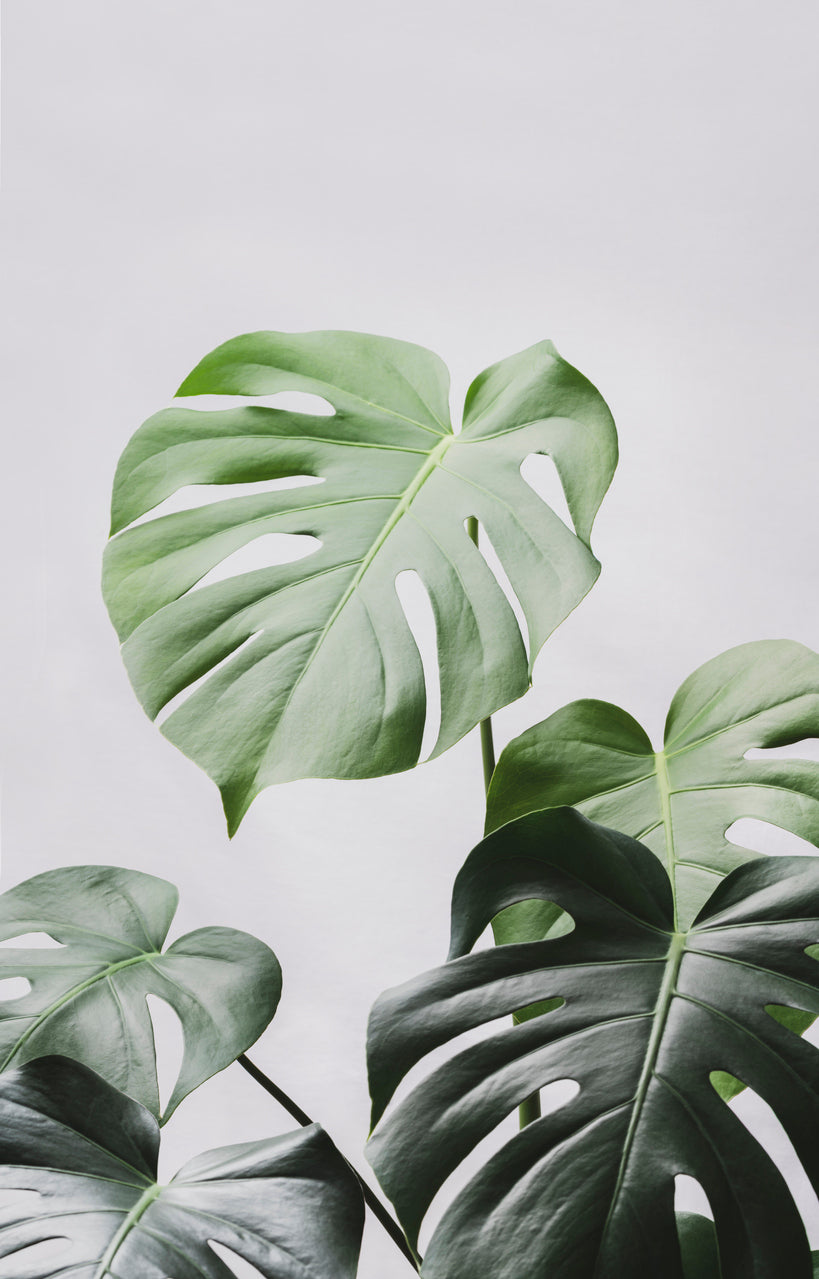It's no secret that many plant parents love a good aroid. They often boast huge, lush leaves, are easy to care for, and don't require much in terms of lighting.
Aroid plants, also known as Araceae, are a diverse family of flowering plants. There are over 3500 species, most of which originate in tropical climates.
Because of their natural growth on forest floors, they are quite tolerant of low-light conditions (making them the perfect easy-care plant), although dappled sunlight is best suited for these plants.
They are known for their distinctive foliage and often have showy, attractive leaves that come in various shapes, sizes, and colors.

A characteristic feature of aroids is their inflorescence, which is a specialized flower structure. Most aroids produce a spadix, which is a fleshy, cylindrical spike covered with tiny flowers. The spadix is often surrounded by a modified leaf called a spathe, which can be large, colorful, and visually striking. The spathe serves to attract pollinators.
Aroids have developed fascinating mechanisms to ensure pollination. Some species emit strong odors to attract insects, while others produce heat to mimic the warmth of a potential pollinator. Certain aroids also rely on flies as pollinators and have evolved to produce scents and colors that resemble decaying matter to attract them.
Popular Aroids

Philodendrons are known for their large, glossy leaves and vining growth habit. They can be trained to climb up trellises with a little support, or to trail down, making stunning hanging plants.
Their leaves can be heart-shaped, arrow-shaped, lobed, or deeply divided. Some varieties have variegated leaves with patterns of different shades of green, white, or even pink.

Anthuriums are known for their striking, heart-shaped flowers with colorful spathes. They are popular as both indoor and outdoor ornamental plants.

Alocasias have large, dramatic leaves that often have unique patterns or veining. They are commonly grown for their foliage and are popular as statement plants.

Also known as the ZZ plant, this aroid is highly valued for its ability to thrive in low light conditions and its attractive, glossy leaves. The ultimate easy care plant!

Commonly called the peace lily, Spathiphyllum is known for its elegant white flowers and dark green leaves. These plants symbolize peace and tranquility, and make perfect gifts.
Care
The care requirements for aroids vary depending on the specific species. In general, most aroids prefer bright, indirect light, and well-draining soil. They thrive in warm and humid environments, although some species can tolerate drier conditions. Proper watering, avoiding overwatering or underwatering, is essential. It's important to note that some aroids can be toxic to pets if ingested, so caution should be exercised when placing them in households with animals.
Propagating aroids is also relatively easy! They grow roots easily when placed in water, which means you can turn one plant into many (with a little patience, of course).












